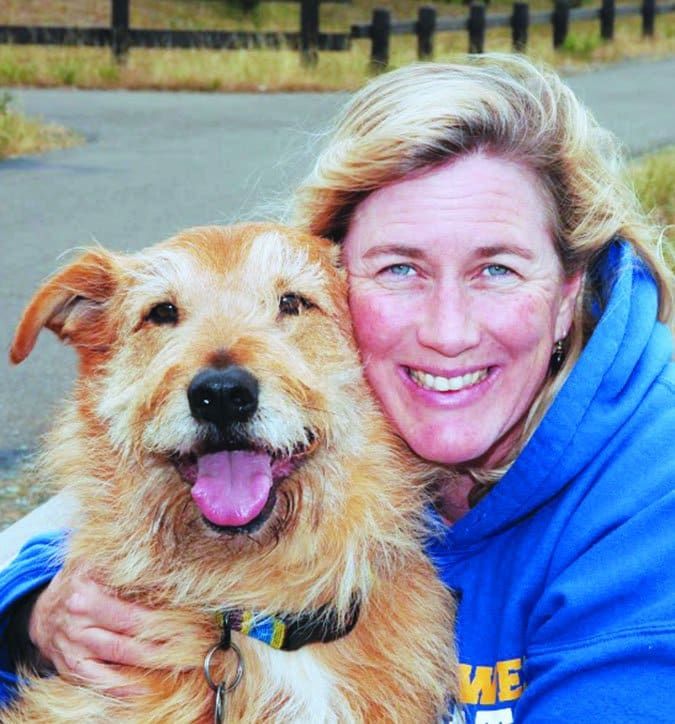
Last month, I mentioned how concerned my son was when he heard I had made the decision to adopt one of the bully-breed-mix puppies I had been fostering. He’s accustomed to me pretending that I don’t like puppies (“Ew, a puppy! Gross! Who likes puppies? Ick!”) – a stupid joke meant to soften the hard fact that unprepared people always seem to be magnetically drawn to the puppies in the shelter where I volunteer, passing right over many more suitable, calm, house-trained, non-chewing adult dogs in the process.
I never worry that the puppies in my shelter won’t get adopted; despite the fact that people often share pictures of the puppies on Facebook (usually with a plea, “Share this album, save the puppies!”), the puppies are in no danger whatsoever. Puppies of all descriptions fly out of the shelter like iPads on sale. So while I do foster puppies that are surrendered to the shelter (or are brought in by animal control officers) at a too-tender age, or in poor health and in need of a few weeks of TLC, I don’t worry about them finding homes. They are often adopted the same day I bring them back to the shelter. What I do worry about is them coming back to the shelter a few days, weeks, or months later, when people realize how much work it is to raise and train a puppy. And I worry about them coming back with baggage – such as newly implanted fears of people, noises, and/or other dogs.
So many people adopt puppies without a clue as to their needs – it never fails to amaze me. People will literally walk out the door with their newly adopted puppy, stop, turn around, and ask, “Say, what should I feed him? How much?” I’ve seen more than one person clip a leash onto the collar they brought to the shelter for their new baby dog, and then look puzzled as the puppy (who has never before worn a collar or been pulled by a leash) bucks wildly in a panic. And they will start calling the front counter staff the next day to ask, “How do we stop him from biting our kids?” and “What should we do to keep him from chewing all of our shoes?”
Only rarely do the staff members get asked, “Can you recommend a good puppy trainer in this area?” It breaks my heart.
Because puppies fly off the shelter shelves, so to speak, whether through thoughtful adoptions or ill-advised ones, usually I focus my fostering efforts on adolescent and adult dogs. It’s much harder to find homes for dogs who have a little behavioral baggage, despite the fact that they may also be way past the problems that perplex and plague puppy owners – most notably chewing and housetraining. I deal with those issues and more: teaching the dogs not to eat (or even think about chasing) my cats or chickens; to wait at doors before trying to dart through them; how to get in and out of cars, and how to ride calmly and quietly, even if we are on the way to our favorite trailhead; to stay out of both the garden beds and my family’s beds (unless they have been specifically invited); and so on. Sometimes this process takes months, because these dogs have had an equal number or even more months to practice behaviors that make them less attractive to potential adopters.
But here’s the thing – and I’m sorry for taking so long to get to it: Oh my word, you guys! It’s so incredibly easy to train a puppy from the get-go, especially when you are equipped (baby gates, crates, puppy toys, superior food and treats, lightweight leashes and well-fitting harnesses, etc.) and you know what you are doing! I haven’t raised a puppy from such a tender age (I started fostering my new puppy’s litter when they were just about four weeks old) since I was 12 years old (and plumb ignorant) myself. Which is why, maybe, it’s such a revelation: Starting with a puppy this young can be – it is – an absolute dream.






